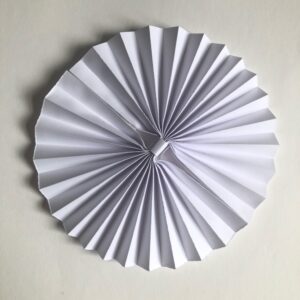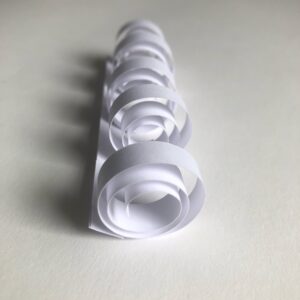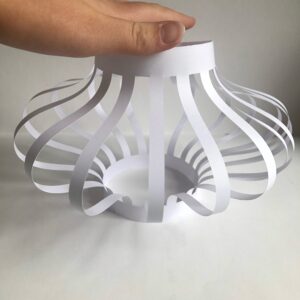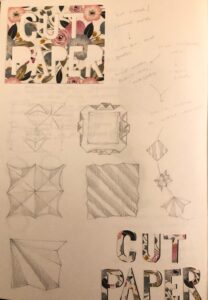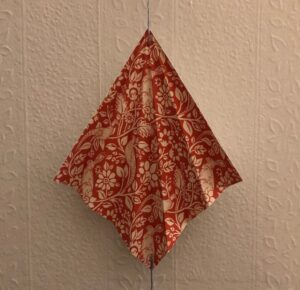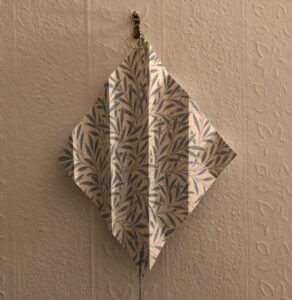Wire Brooch


After deciding on the initial sketch (left) and wire drawing (right) I started to construct my final brooch. I decided to use the same structure and rough measurements for my brooch but I used my pliers more deliberately to make the bends in the wire more defined. I began making the brooch out of copper wire but once I had put the frame of the piece together, I decided against using copper as I liked the colour contrast between the dark wire and the blue thread in my wire drawing. I dipped the copper brooch in liver of sulphur solution to achieve the dark patina of my test piece and much preferred the result. I then added the blue thread to add to the structure of the piece and added a classic brooch clasp with a single bit of iron binding wire running along the back of the piece to clip into the catch at the opposite end.



I’m really pleased with the way my final piece has turned out. I’d like to see how I could take this brooch further, perhaps by making it much smaller or soldering it to create a smoother finish as, although I like the wire wrapping, it looks a little clumsy in some places.
























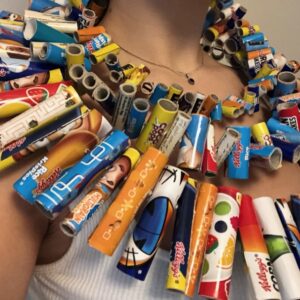
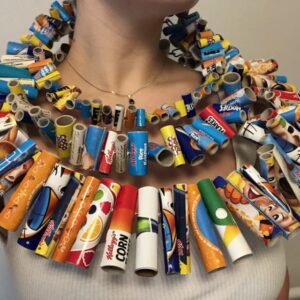
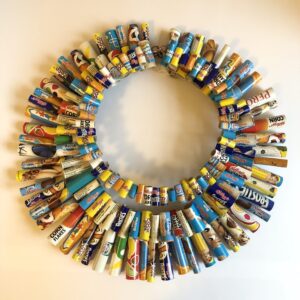
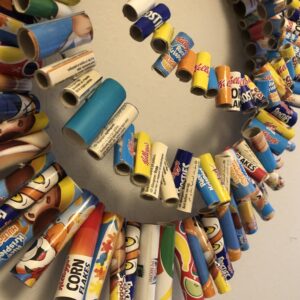
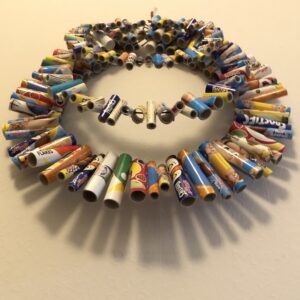








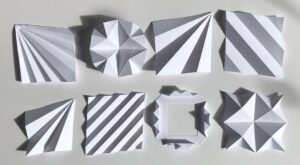 A4 Paper Project
A4 Paper Project